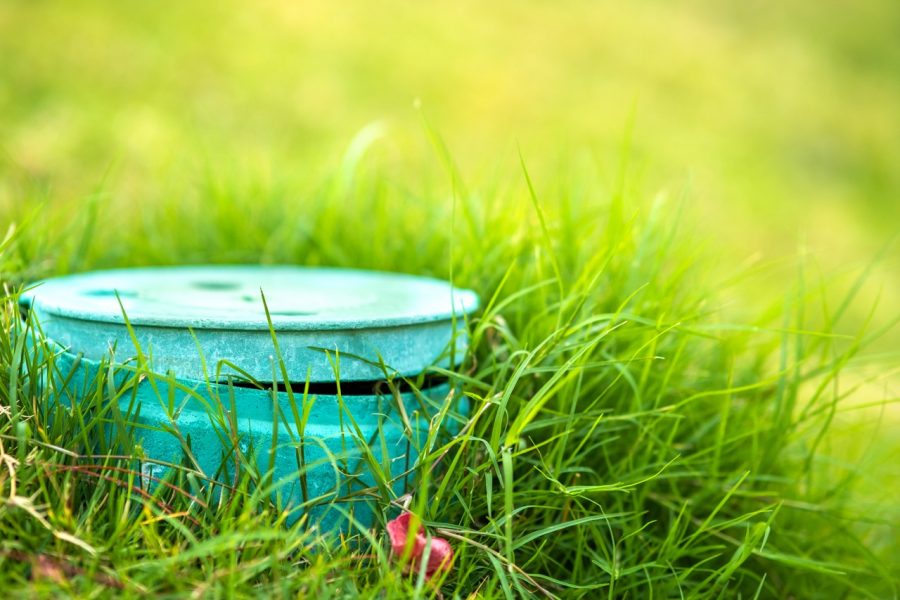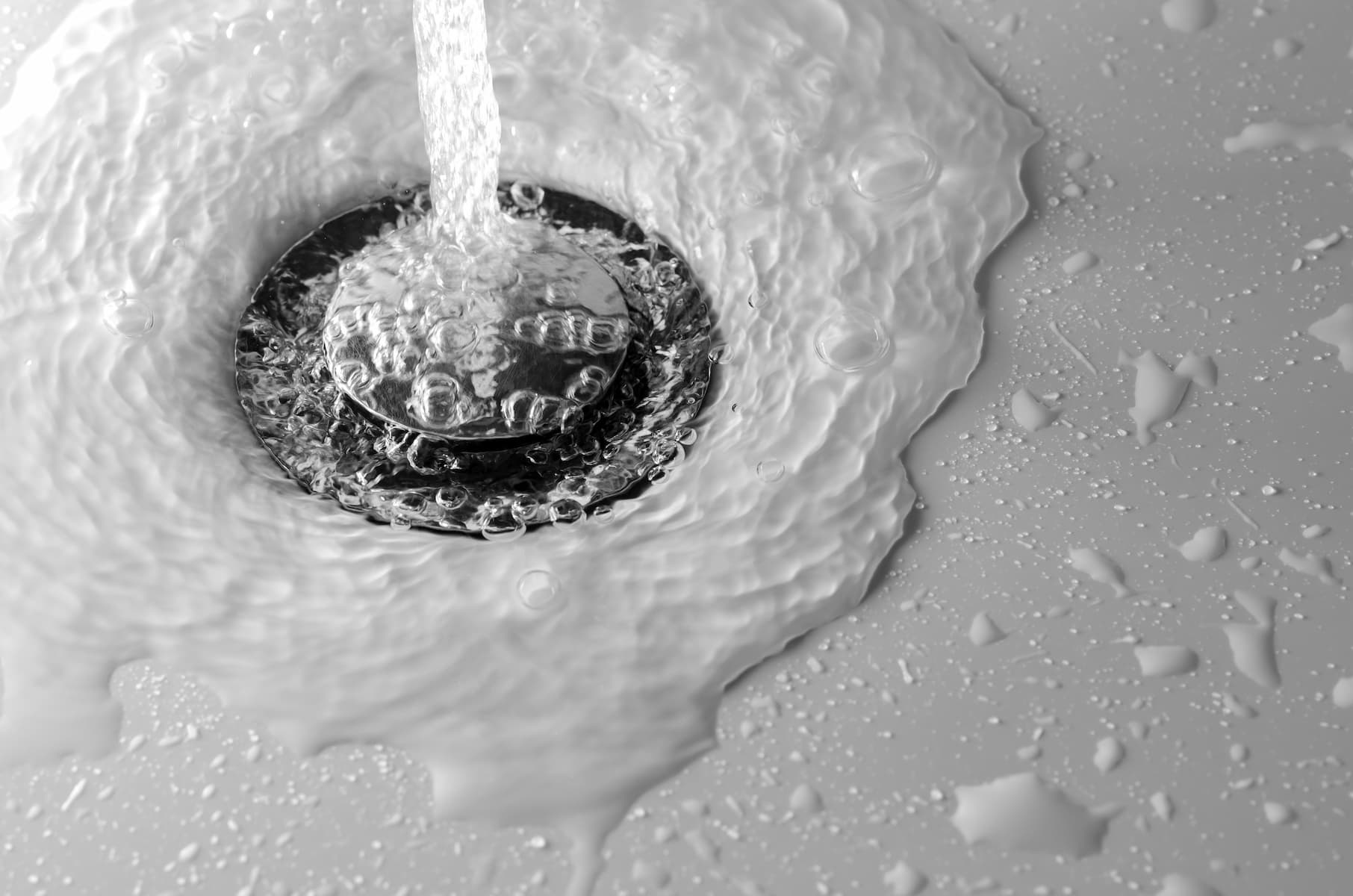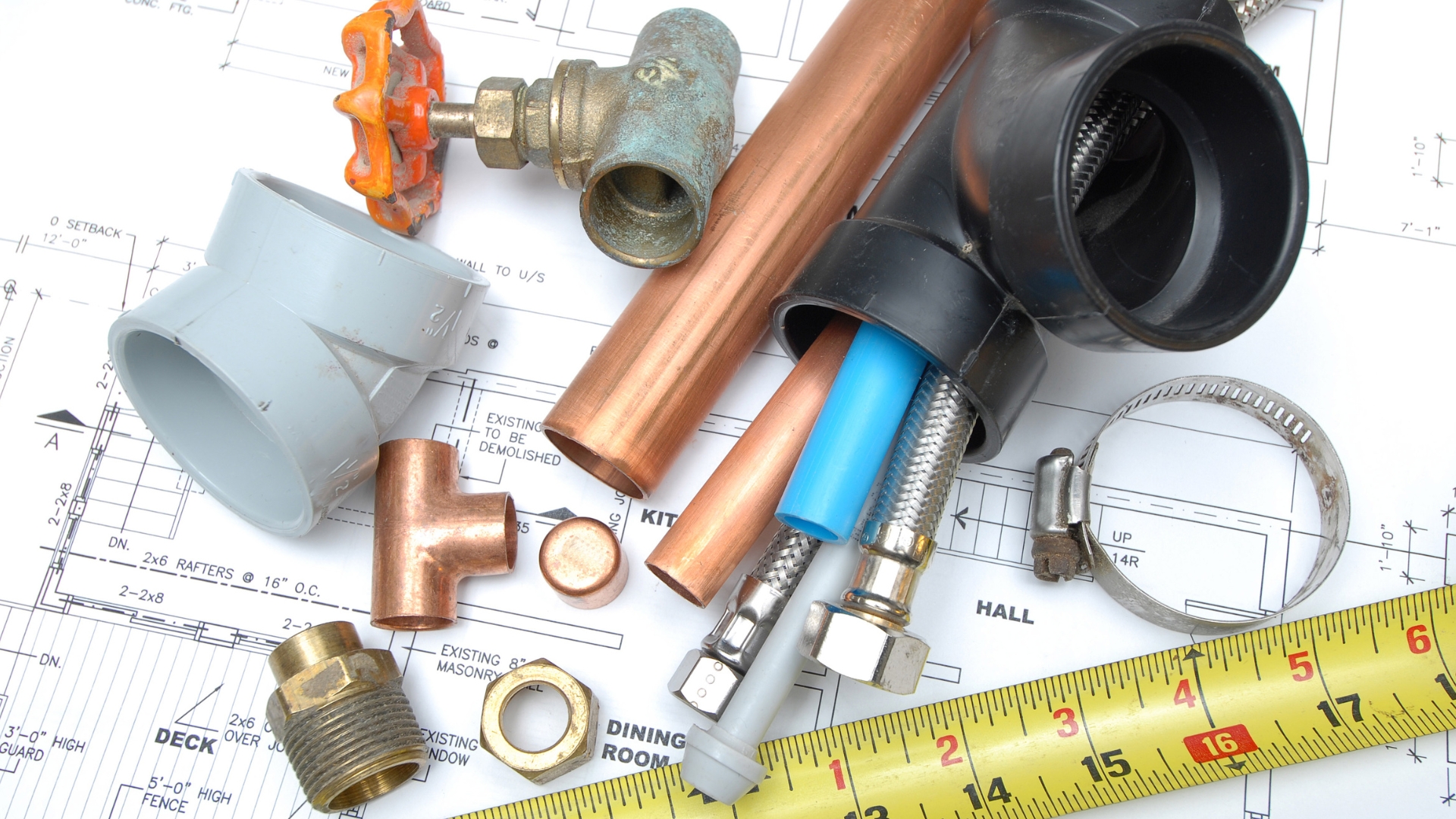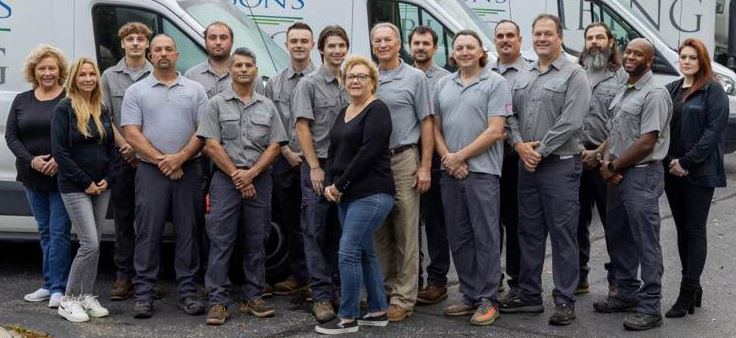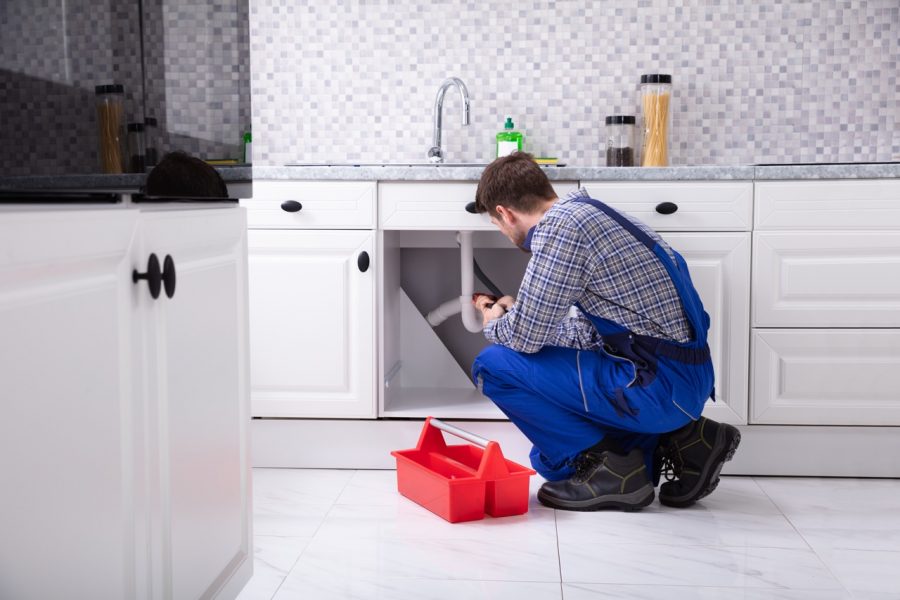
Introduction: Regular plumbing maintenance is crucial for ensuring the longevity and efficiency of your home’s plumbing system. At Putman and Son’s Plumbing, we understand the importance of keeping your pipes and fixtures in top shape to avoid costly repairs and inconveniences.
Why Regular Maintenance Matters:
- Prevents Major Issues: Routine inspections and maintenance can identify minor problems before they turn into major, expensive repairs. This proactive approach saves you money and stress in the long run.
- Improves Water Quality: Over time, pipes can accumulate rust, debris, and mineral buildup, which can affect the quality of your water. Regular maintenance ensures clean and safe water for your family.
- Increases Efficiency: Well-maintained plumbing systems operate more efficiently, reducing water waste and lowering your utility bills.
Our Maintenance Services: At Putman and Son’s Plumbing, we offer comprehensive maintenance services, including:
- Pipe inspections and cleaning
- Leak detection and repair
- Water heater maintenance
- Fixture inspections and repairs
Don’t wait for a plumbing emergency to take action. Schedule regular maintenance with Putman and Son’s Plumbing to keep your system running smoothly and efficiently. Contact us today to learn more about our maintenance plans and how we can help you.

